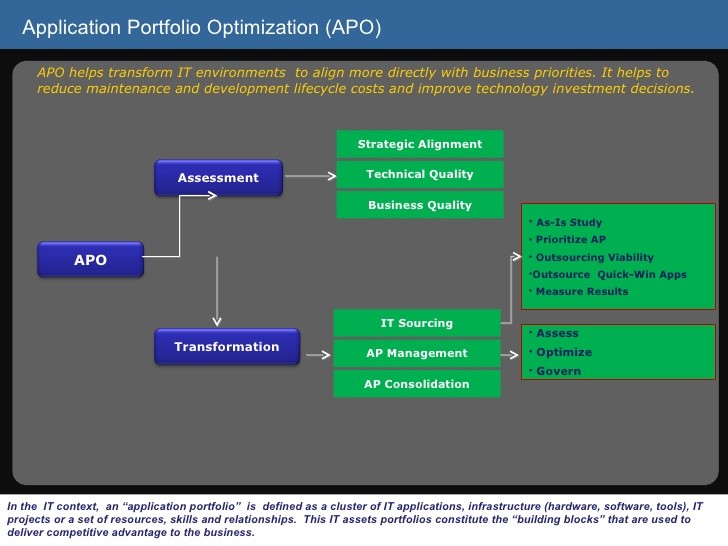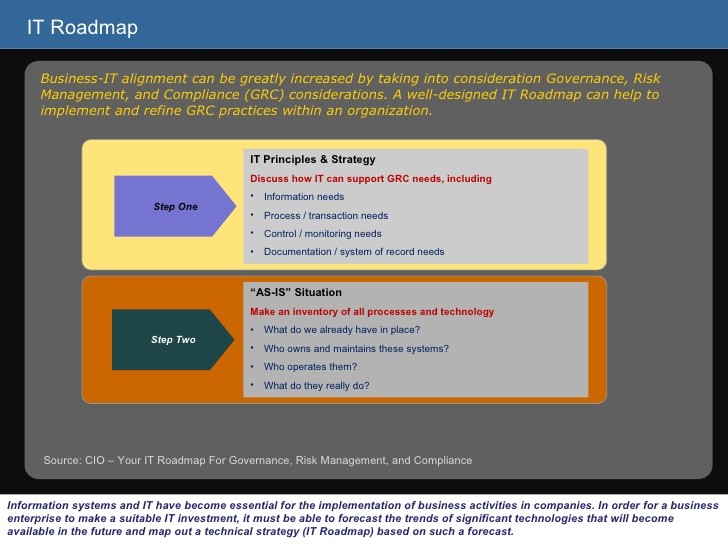How Technology Transformed Portfolio Management
Post on: 30 Май, 2015 No Comment

Technology has disrupted countless industries around the world — from entertainment to manufacturing — and portfolio management is no exception. While the asset management industry has been relatively untouched up until 2000, rapidly evolving technological change has dramatically changed the landscape since that time and many traditional asset management tasks could even become obsolete.
In this article we’ll take a look at some of the ways that asset management has changed over the past decade and where the industry may be headed in the future due to the rapidly evolving nature of technology.
Active vs. Passive Strategies
Asset management has historically been an active process whereby investment managers pick and choose investments that they believe will produce outsized returns for their clients. While passive funds have surpassed the $1 trillion asset milestone in 2013, investors still have around three times that amount with active managers. betting that they will outperform the benchmark indexes. (For more, see: Active Management: Is it Working for You? )
According to PWC study entitled Asset Management 2020: A Brave New World . alternative and passive investments will represent 35% of the asset management industry by 2020, as investors increase allocations to low-fee passive products with broad beta market exposure. These trends could put pressure on traditional asset managers that rely on high fee structures, particularly given that many of them are incapable of generating long-term alpha for clients.
Many passive investment funds are operated by technology that automatically place trades and maintain proper levels of exposure. The growth of exchange-traded funds (ETFs) as an alternative to mutual funds has enhanced these dynamics, again, powered by the rise of computers capable of handling large amounts of capital without the need for an active investment manager. (For more, see: Using ETFs to Build a Cost-Effective Portfolio .)
Lower Fee Structures
Asset management has historically been a very lucrative industry, since actively managed funds could justify charging higher prices. In the 1980s and 1990s, the 2% charged by many funds weren’t a particularly big deal in the face of 18% average annual returns for U.S. equities. These dynamics began to change since 2000 when U.S. stocks have averaged just 4% annually.
There have been a number of drivers behind the dramatic reduction in fees, with many investors hesitant to pay even 1% these days. While the rise of passive funds has certainly put pressure on active fund fees, technology has also helped dramatically increase transparency over the past decade. Investors can easily compare funds by performance and fees with the click of a mouse. (For more, see: Online Portfolio Management: DIY or Fee-Based Financial Advisor? )
Loading the player.
These dynamics are likely to continue into the future as transparency continues to increase and investors have greater visibility into performance/fee dynamics. In fact, new technology has even made it possible to look into fund portfolios via regulatory filings and compare the fee differences within the context of the differences in portfolio composition over time — in addition to performance.
Rise of Automation
Asset management has historically been a very hands-on game for financial advisors and other professionals. Built on a foundation of trust, these relationships have helped many financial advisors charge enough money to make a living and grow a practice over time — much like any other professions. Technology could change the very nature of these transactions, however, and it’s already occurring. (For related reading, see: How Financial Advisors can Adjust to Robo-Advisors .)
New software companies are attempting to automate every aspect of an asset management firm via robo-advisors. For instance, WealthFront has already accumulated over $1.5 billion in assets under management, promising to leverage technology to manage a personalized investment account that is fully diversified and automatically rebalanced — all for a very modest 0.25% per year management fee.

Big data concepts could be leveraged to take these processes even further down the path of automation. For example, a person’s health history could be used to compute an actuarial table and effectively manage financial assets automatically based on their life expectancy and that of their family or take into account personal income when calculating tax-advantaged moves in a portfolio. (For more, see: Schwab’s New Robo-advisor .)
Better Value
Asset management has historically been a very challenging and time-consuming task, which involved researching equities, bonds, and other asset classes and building portfolios in spreadsheets over time. Tasked with maintaining these bulky models and rebalancing portfolios by hand, technology has actually helped the asset management industry in a number of different ways. (For more, see: Major Blunders in Portfolio Construction .)
Technology has helped dramatically improve the operational efficiency of many financial advisors by reducing manual processing. After inputting a trading algorithm into a computer, asset managers can let the computer automatically make calculations or even place trades on clients’ behalf, which frees up their time to focus on other ways to help build value for their clients.
Financial advisors and asset managers that are able to adapt to technology more rapidly could enjoy increased market share as slower competitors struggle to keep up the pace. These dynamics could lead to opportunities for these groups to generate higher revenue from greater assets under management, while experiencing greater profitability by decreasing operational costs. (For more, see: 4 Steps to Building a Profitable Portfolio .)
The Bottom Line
Technology has had a dramatic impact on the asset management industry over the past decade. In addition to lowering fees through transparency and more efficient investing, software harnessing the power of big data could reshape the industry even further and potentially make many traditional asset management tasks obsolete over the coming decade — important things for the industry to consider.
At the same time, technology could also help many asset managers improve their business and increase their profits. Those adapting quickly to technology could gain a competitive edge over the competition and build market share, while simultaneously reducing their operational costs. But in the end, the real winners are the clients who benefit from lower fees, greater value, and better returns. (For more, see: Want a Career in Asset Management? Read This First .)














